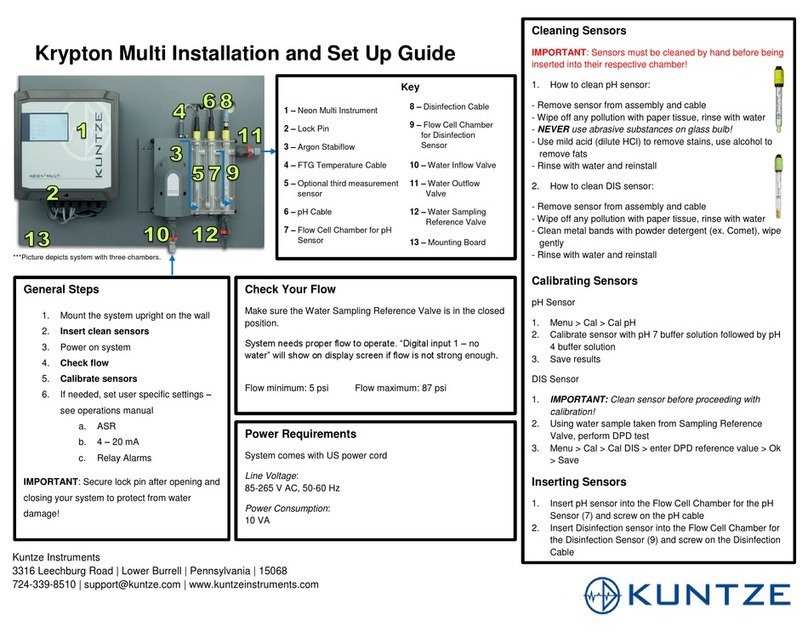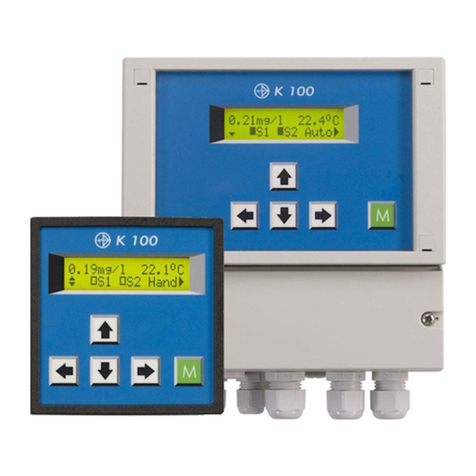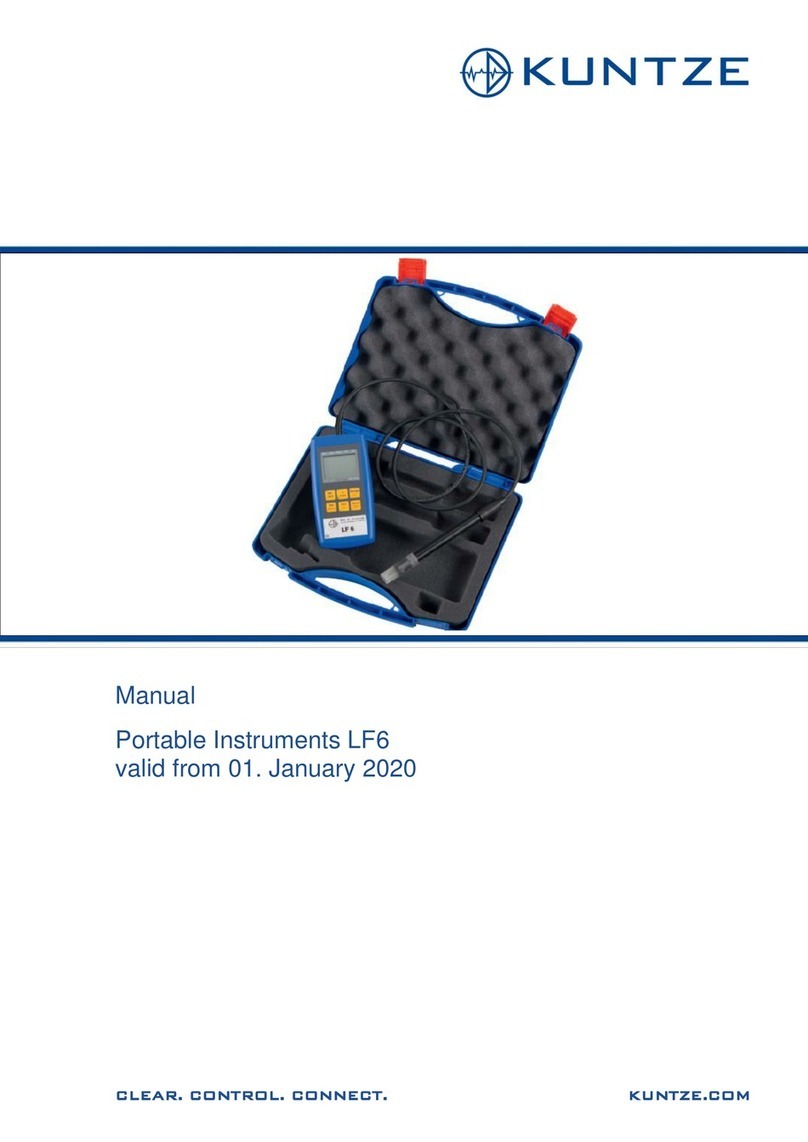page 2 of 10
Safety Requirements:
This device has been designed and tested in accordance with the safety regulations for electronic devices.
However, its trouble-free operation and reliability cannot be guaranteed unless the standard safety measures and special
safety advises given in this manual will be adhered to when using the device.
1. Trouble-free operation and reliability of the device can only be guaranteed if the device is not subjected to any other climatic
conditions than those stated under "Specification".
2. If the device is transported from a cold to a warm environment condensation may cause in a failure of the function. In such a
case make sure the device temperature has adjusted to the ambient temperature before trying a new start-up.
3. If device is to be connected to other devices (e.g. via serial interface) the circuitry has to be designed most carefully. Internal
connection in third party devices (e.g. connection GND and earth) may result in not-permissible voltages impairing or destroying
the device or another device connected.
Warning: If device is operated with a defective mains power supply (short circuit from mains voltage to output voltage) this may
result in hazardous voltages at the device (e.g. sensor socket, serial interface).
4. If there is a risk whatsoever involved in running it, the device has to be switched off immediately and to be marked accordingly to
avoid re-starting.
Operator safety may be a risk if:
- there is visible damage to the device
- the device is not working as specified
- the device has been stored under unsuitable conditions for a longer time.
In case of doubt, please return device to manufacturer for repair or maintenance.
Operation And Maintainance Advice:
a.) When to replace battery:
If and ´bAt´ are shown in the lower display the battery has been used up and needs to be replaced. The device will, however,
operate correctly for a certain time.
If ´bAt´is shown in the upper display the voltage is too low to operate the device; the battery has been completely used up.
Please note: We recommend to take out battery if device is not used for a longer period of time.
b) Treat device and sensor carefully. Use only in accordance with above specification. (do not throw, hit against etc.).
Protect plug and socket from soiling.
c) When connecting the temperature probe the connector may not lock to the jack correctly. In such a case hold the connector not at
the case but at the buckling protection of the cable during the plug in.
Don't connect electrode canted! If plug is entered correctly, it will slide in smoothly.
To disconnect temperature probe do not pull at the cable but at the plug
If plug is entered incorrectly the connecting pins of the plug can be damaged. => Plug can no longer be used and connecting
cable needs to be replaced.
d) Mains operation:
When using a power supply device please note that operating voltage has to be 10.5 to 12 V DC.
Do not apply overvoltage!! Cheap 12V-power supply devices often have excessive no-load voltage. We, therefore, recommend
using regulated voltage power supply devices.
Prior to connecting the plug power supply device with the mains supply make sure that the operating voltage stated at the power
supply device is identical to the mains voltage.
e) Display values for damaged electrode cable or if no pH or redox-electrode has been connected
If no electrode is connected or the connection cable is damaged the display will nevertheless show mV, pH or rH values. Please
note that these values can never be correct measuring results!
































